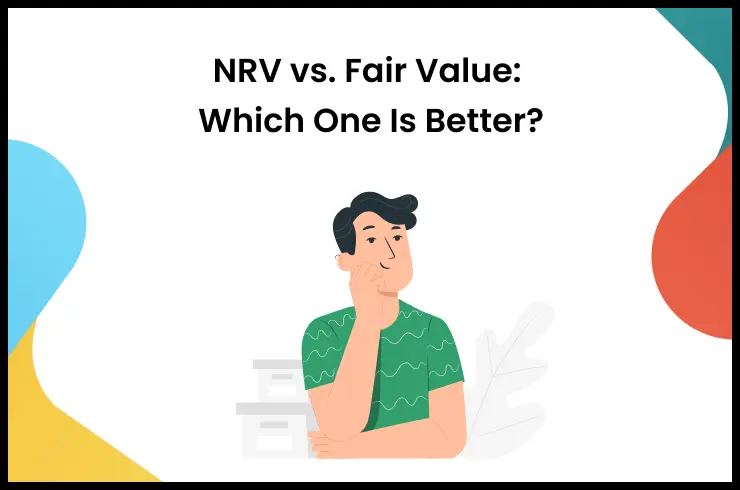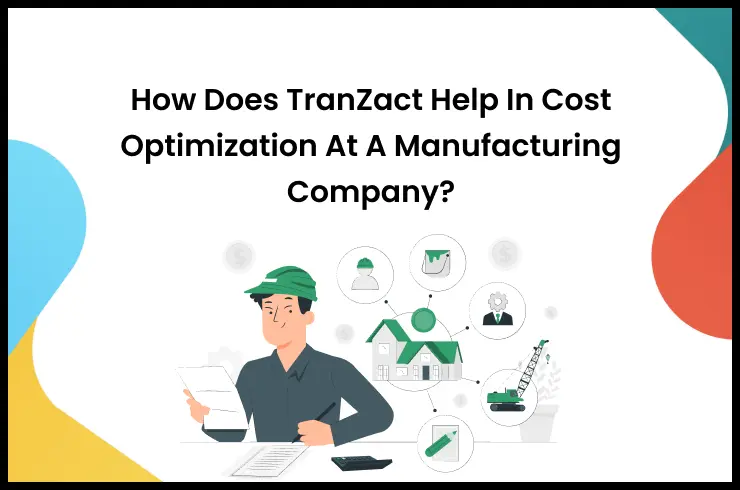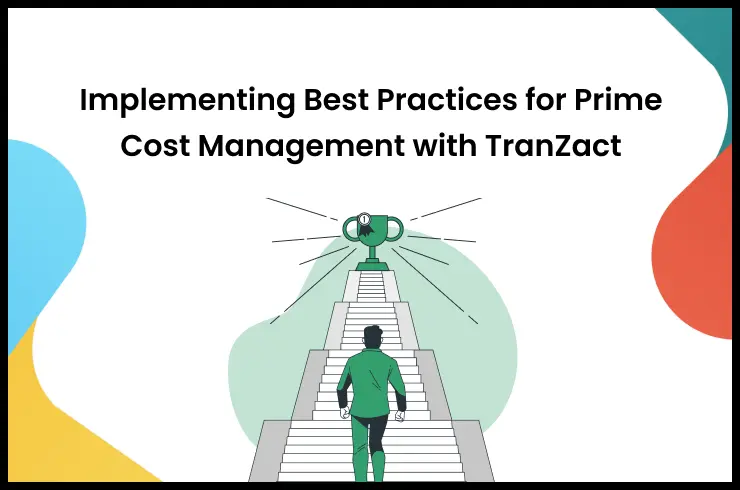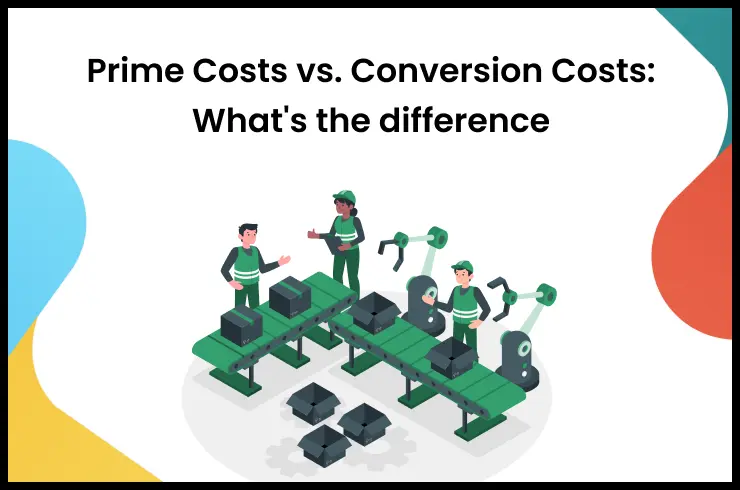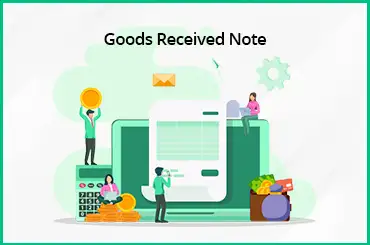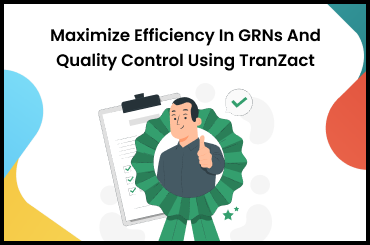In a manufacturing business, purchasing raw materials and other related elements is important for a seamless production process. As an Indian SME, you need to purchase your goods in bulk, which requires effective purchase management for recordkeeping of an inventory and BOM (Bill Of Materials). Managing purchasing processes is also important to maintaining the quality of products and reducing costs.
In this blog post, we will learn the importance of purchase management, its benefits, the best techniques, and the process of purchase management.
What Is Purchase Management?
Purchase management is the procurement process of goods that are needed for the production. Manufacturing businesses aim to purchase the required materials on time at a competitive price to increase the efficiency and profitability of the company.
Objectives Of Purchase Management
The simple meaning of purchase management is to improve manufacturing operations for business profitability. The main objective of purchase management is to acquire raw materials, parts, machinery, and equipment that can be used in the manufacturing process planning at the best deal.
By definition of purchase management process, it targets to increase productivity by managing all business operations in the following way.
1. Reduce Cost: Its objective is to conduct an effective procurement lifecycle to minimize expenses. This requires a strategic sourcing of supplies, tools, and materials while comparing different suppliers and finding the best deal.
2. On-Time Procurement: Small Manufacturing businesses have to get their raw materials and other goods on time. This helps to streamline the production as well as the supply chain in order fulfillment.
3. Maintain Inventory: The process includes inventory tracking, which allows manufacturers to give advance orders for manufacturing materials and avoid situations of overstock or stockouts.
4. Record Maintenance: It aims to maintain transparency in the procurement process. Implementing the right purchase management software can offer you effective record-keeping and tracking of orders, deliveries, and payments.
5. Establish Coordination: The digital transformation of your purchase order process helps to create better coordination with finance, production, and inventory management teams. This helps to improve business operations and resource usage by matching procurement strategies, finance restrictions, and operational needs.
6. Effective Reporting: Team collaboration offers the benefits of effective reporting. This system provides a centralized dashboard where you can access the operational performance and have accurate data and analytics of current and previous purchase orders, which improves the decision-making process.
7. Improve Workforce: It helps to provide proper training and information to the procurement team. Increasing their knowledge of supplier management, economic conditions, and negotiation can increase productivity.
8. Maintain Consistency: The manufacturing companies have to maintain a consistent supply of resources to streamline the production process. This system allows you to forecast market demand to plan for order placement.
9. Improve Relationship: The effective management of purchases and procurement processes helps to improve CRM (Customer Relationship Management). This results in the advantages of procuring raw materials at affordable prices and getting consistent delivery.
What Is The Importance Of Purchase Management?
The definition of purchasing is to identify the important indicators that can increase expenses. It helps to optimize the factors mentioned below.
- forecast the actual expenditure on your budget line.
- differentiating the estimated and actual final expenditure
- help in better and informed decisions.
- measure the ROI (Return On Investment) on the amount of investment in manufacturing
- provides data on expenditure consumption on each product in inventory management
The purchasing system software provides detailed information about the performance of the financial department while maintaining transparency.
Process Of Purchase Management
The purchase cycle contains a series of steps that the manufacturing company needs to follow. You need to identify your requirements, allocate the budget, and many more things which are listed below for effective purchase management.
1. Purchase Requirement
Businesses need to identify the goods and services they need for production cycle and inventory management. These may include raw materials, maintenance supplies, machinery, and other tools for successful purchase management.
2. Purchase Requisition Creation
The next step is to prepare a formal document, which is commonly known as a purchase requisition. This document includes the list of items that need to be purchased for the production process and verified by the related departments.
3. Budgeting And Approval
The manufacturing company needs to make a budget on the detailed items and get approval from the accounting department. The purchase requisition is now converted to the order and sent to the suppliers.
4. RFP (Request For Proposal) Creation
The objective of purchase management is to cut the cost of production by procuring the requisition at the lowest. Manufacturing companies prefer to create an RFP, a proposal document for the suppliers where they bid to offer the best deal to the company.
5. Supplier Selection And Contract
As per the budget and need for the manufacturing and purchase order, companies need to select the supplier or contractor. Most of the time, small manufacturing businesses maintain a list of pre-approved suppliers to whom they regularly place orders. Otherwise, they select the new contractor who can offer the best deal.
6. Invoice And Approval
After completing the procurement process, the company receives invoices from the suppliers, which go through the accounting department. It contains details of the company and supplier, cost of products procured, and GST number. All these details need to be approved by the accounting department before making the payment.
7. Record Keeping
The purchase management process records are updated with the accounting and inventory information. If the company is using purchasing system software, then the entire purchase cycle is updated in real time with all the procurement information.
What Are The Best Purchasing Management Methods Or Techniques?
Managing the purchase process is important for cost control and increased profitability. The strategic purchasing management methods can help you make bulk purchases while saving a good amount on a better deal. Here are some of the best techniques you should follow when planning purchase management.
1. Have A Procurement Strategy
Start by identifying the needs and addressing your business objectives. This include forecasting marketing demand, delivering the desired results, and evaluating the timeframe and deadline. Implementing techniques like SWOT (Strengths, Weaknesses, Opportunities, and Threats) analysis and the Categories Positioning Matrix can allow you to manage procurement effectively.
2. Develop A Purchasing Cycle
The purchase cycle is the process that includes strategic steps from creating a requisition to placing a purchase order. It includes the need for product or raw materials and schedules the procurement cycle. Having this plan can help maintain consistency at the inventory level and avoid situations like stock outs or overstocking.
3. Invest In A Purchase Management System
Digital transformation of your manufacturing business with purchasing system software can increase the efficiency of your procurement process. It reduces the lifecycle time of purchase orders, automates the invoice process, and improves transparency. The software will also remove manual paperwork, which reduces human errors and allows you to track purchasing activities in real-time.
4. Create A Risk Management Plan
Risk management planning helps you identify, evaluate, and solve any issues related to purchasing activities. The importance of purchase management includes risk management plans, which can reduce supply chain disruptions, maintain a steady flow of goods, and control quality. The digital transformation of your purchase process can allow you to get data on issues affecting the supply chain and allow you to make better decisions.
5. Know The Suppliers
A better understanding of your suppliers and their processes can help identify the timeframe of deliveries, make better purchase management planning, and solve the issues quickly. The best way to know their supply chain management is to be aware of the producers, middlemen, transport companies, and procedures applied at each level. It will help you to remove the middleman between you and your suppliers, negotiate directly with the seller, and secure more cost-effective purchases.
6. Build Relationship
Build a strong relationship with your suppliers to develop trust while having open communication and respect for each other. It will help you get better cooperation to achieve common goals in terms of timely delivery, product quality, risk management, and problem-solving. With trusted partners, you can negotiate effectively to get the benefit of better services and other advantages.
Benefits Of Purchase Management
The main objectives of purchasing are to manage the procurement of materials and lower the cost. Here are some top benefits that will help you understand the importance of purchase management.
- Helps to maintain the regular flow of supplies and avoids overstocks or stockouts.
- Strategic procurement of supplies, equipment, and raw materials reduces costs.
- Smooth flow of raw materials allows SMEs to maintain a regular flow of production.
- On-time purchase of inventory items removes the dead stocks and increases asset turnover.
- Allows manufacturers to build relationships with alternative suppliers, which reduces the dependency on a single partner.
- Help develop better coordination with other departments like production, engineering, finance, marketing, etc. and make better procurement decisions.
- Digitization of purchase activities offers effective record-keeping and reporting.
Software To Achieve Easier Purchase Management
Maintaining the volume of items, supplies, and purchases can be difficult for small manufacturing businesses. To improve the efficiency and profitability of the company, you need purchase management software. Here are some best software that can help you with easy purchase management.
1. TallyPrime
TallyPrime is an accounting and business management software that is mainly used for record-keeping and inventory management. The software allows you to manage the purchase order system with requisition features, including accounting and invoicing.
2. TranZact
TranZact is a cloud-based inventory management software especially designed for Indian SMEs. Its MRP (Material Resources Planning) feature allows manufacturer purchase planning with proper requisition tracking, accurate calculation, and advanced reports.
3. Oracle NetSuite ERP
Oracle NetSuite is a cloud ERP software that is designed to streamline business operations. It also helps to have visibility across purchase order management. It helps automate the procurement process with easy purchase requisition creation, bill and invoice management, and easy sharing of such documents with the suppliers.
Make Purchase Management Effortless With TranZact
Procurement of raw materials and other production supplies can be difficult for small manufacturing companies. TranZact fills the gap between manufacturers and suppliers with its effective purchase management system.
Choose TranZact today to access a centralized dashboard where you can easily maintain and manage your purchase orders, collaborate with your suppliers, and automate your procurement lifecycle.
FAQs
1. What is purchase management in manufacturing?
Purchase management in manufacturing is the process of procuring raw materials, machinery, tools, and other supplies for production.
2. What are the main objectives of purchase management?
The main objectives of purchase management are to procure the supplies at a lower cost and streamline the production process.
3. What are the 7 steps of the purchasing process?
The 7 steps of the purchasing process are:
- Material requirement
- Purchase requisition
- Budgeting and approval
- RFP creation
- Supplier selection
- Invoice recipient and payment
- Recording keeping
4. What are the five objectives of purchasing?
The five objectives of purchasing are:
- Reduce cost
- Maintain production flow
- Increase asset turnover
- Develop a source of supply
- Coordinate with suppliers
5. What methods are used in purchasing management?
Methods used in purchasing management are:
- Purchasing by requirement
- Market purchasings
- Speculative purchasing
- Specific period purchasing
- Contract purchasing
- Schedule purchasing
- Cooperative purchasing
6. How can purchasing management software benefit manufacturing companies?
Purchasing management software benefits manufacturing companies by automating inventory tracking, creating easy purchase requisitions, and purchasing tracking.
7. What features should I look for in purchase management software?
Features you should look at in purchase management software are:
- Inventory management system
- Purchase requisition
- Order management
- API integration
- Expense reporting
- Simple navigation
- Easy to operate
8. What are some common challenges in purchase management?
Some common challenges in purchase management are:
- Inefficient tracking of spending
- Unaware of the suppliers
- Relying on manual record-keeping
- Control and policy compliance
9. How can purchase management contribute to cost reduction in manufacturing?
Purchase management contributes to cost reduction in manufacturing by allowing negotiation for better deals, simplifying procurement processes, and improving supplier relationships.








